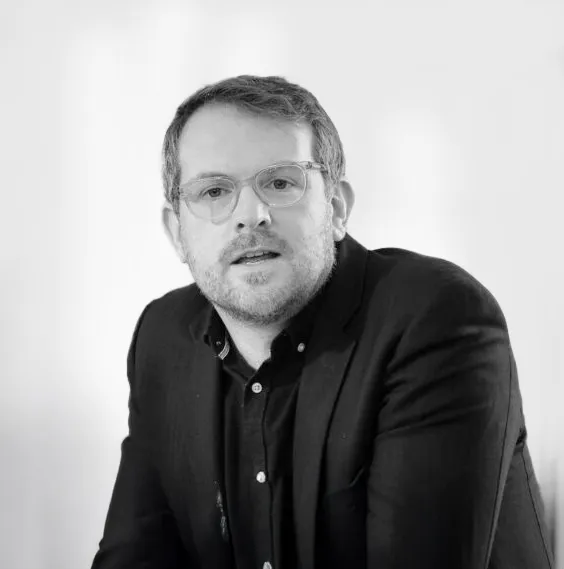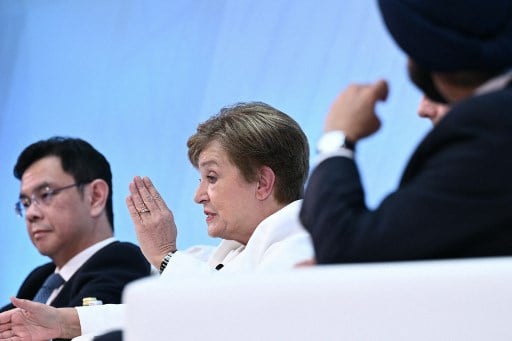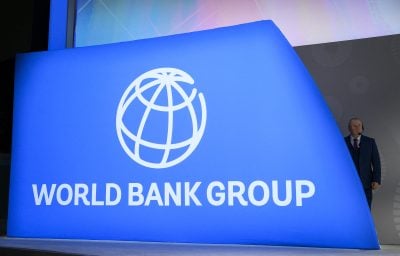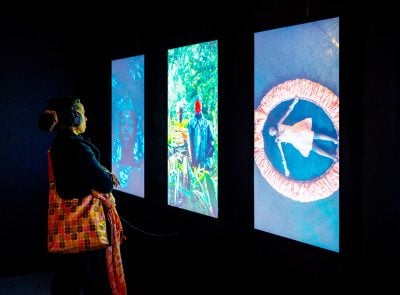IMF head Kristalina Georgieva, in her curtain-raiser ahead of the annual meetings of the World Bank and IMF, shared a statistic that we all feel innately: the World Uncertainty Index is now off the charts, hitting a level almost twice that during the COVID-19 pandemic and almost ten times that of the Global Financial Crisis of 2008. In her view, the world economy is ‘better than feared, but worse than we need.’
Inflation is calming, Africa’s growth is projected to be higher than last year, and while the impact of trade tariffs is significant, we have largely averted a full trade war. But this doesn’t mean we are out of the woods. External debt service has more than doubled over the past decade, reaching 2% of GDP in 2024.
Global debt will reach 100% of GDP by 2029. The number of Sub-Saharan African countries in or at high risk of debt distress has nearly tripled, rising from eight in 2014 to twenty-three in 2025 – nearly half of the region. Cuts to Official Development Assistance are likely to total US$31.1bn in 2025, with Africa’s low-income countries particularly hard hit.
The fact that a global trade war has been averted is cold comfort to countries like Lesotho, where proposed US tariffs have had a chilling effect on the country’s garment industry. The US African Growth and Opportunity Act (AGOA) expired this month – a trade pact that for 25 years offered many African countries duty-free access to the US market.
In Europe, the ongoing challenge of competitiveness, the war in Ukraine, the uncertainty of US security guarantees, and the spectre of populism in many major economies loom large.
But the potential for Africa and Europe to work together on these challenges remains.
First, Europe’s economy is not in good shape. Sixty million Europeans live in regions that are poorer today than they were at the turn of the millennium, and a third of Europeans live in regions that have been slowly left behind.
The balance between the working-age population and those dependent on them has been declining since 1985 – an accelerating trend. As Europeans live longer, the costs of healthcare, pensions and housing increases – costs that will be borne by younger generations. Fewer economically productive people will result in declining public revenues to support services such as education, which are so critical to social mobility. This, in turn, is fuelling political nativism that is hampering international cooperation.
Second, Africa is changing quickly. In 2017, Africa’s population under twenty-five years old surpassed the total population of Europe. By 2050, Africa will have added 796m people to the workforce, while Europe’s working-age population (aged sixteen to sixty-four) will decline by 156m. These young populations are demanding better governance from their leaders—as witnessed by recent protests in Kenya – and young people are creating an economic dynamism not seen before in the tech, cultural and green sectors.
McKinsey estimates that Africa’s internal market has the potential to unlock $3 trillion in consumer spending. On the flip side, instability in the Sahel illustrates that the massive demand for employment across the African continent will have significant implications – positive and negative – in terms of migration, stability, future market potential and economic dynamism. Forty per cent of African countries are in, or are at high risk of, debt distress.
Third, in a world of shifting geopolitics, Africa’s suitors are many. China has spent the past two decades building influence on the continent through diplomacy and major infrastructure investments, committing an estimated $153bn between 2000 and 2019 to African public sector borrowers. India, Russia, Saudi Arabia, the UAE and Turkey are also taking an increasing interest in the region through diplomatic, military and economic cooperation. As these geopolitical chess pieces shift, France’s declining influence in West Africa is just one barometer of how Europe risks losing influence in the region.
It is time for the two continents to recommit to joint action.
Mission300, an initiative led by the World Bank alongside African governments, the private sector and development partners, aims to connect 300m people to affordable power by 2030. The World Bank, African Development Bank, and others have pledged $35bn. “The success of electrification is foundational to everything.” This project will aim to provide five million people per month with electricity – a sharp increase from the “million a month” currently. Europe should get behind this action plan.
A recent analysis of the European Investment Bank shows it is a massively underutilised instrument. Over the last decade, the EIB’s loan book grew by just 1.5%, even as other multilateral development banks grew by up to 71%. The Bank has €180bn to $190bn in unused lending capacity – without touching its credit ratings or draining its fiscal resources – which could be deployed to support the energy transition, create contracts for European firms, and address Africa’s energy access challenges.
Africa’s high cost of capital is another major challenge holding back investment. By getting behind South Africa’s G20 plans to address the high costs of sovereign borrowing, Europe could help unlock fiscal space for African countries to address their own challenges – and fill the gap left by official development assistance (ODA) – all while charting a future course to address barriers to European private capital investment in what could be the next frontier of economic growth.
Thankfully, private entities are already taking action. Eastrise is one such example of a strategy and insights firm seeking to promote trade and development opportunities between the fast-growing regions of Central and Eastern Europe and East Africa. Examples include deploying innovations developed in rural Kenya in Ukraine, where the conflict requires robust and frugal innovations.
By working together on specific, time-bound initiatives that support the mutual interests of Europe and Africa, both continents can find opportunities to weather the storm we are living through. It just requires vision and foresight.
Want to continue reading? Subscribe today.
You've read all your free articles for this month! Subscribe now to enjoy full access to our content.
Digital Monthly
£8.00 / month
Receive full unlimited access to our articles, opinions, podcasts and more.
Digital Yearly
£70.00 / year
Our best value offer - save £26 and gain access to all of our digital content for an entire year!

 Sign in with Google
Sign in with Google 



